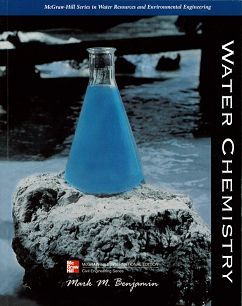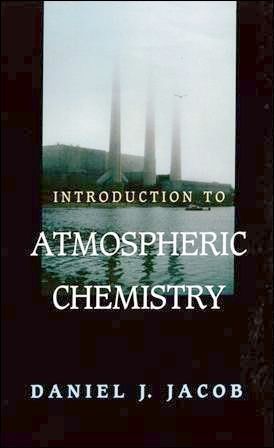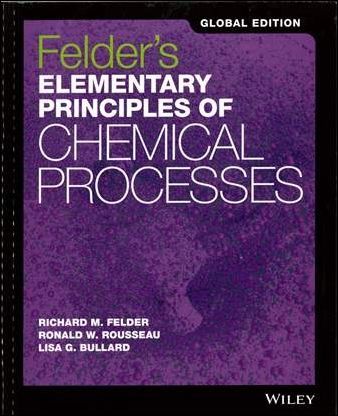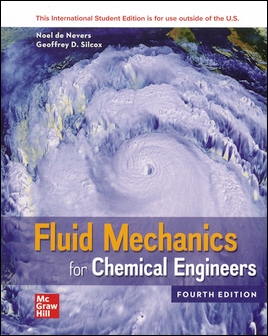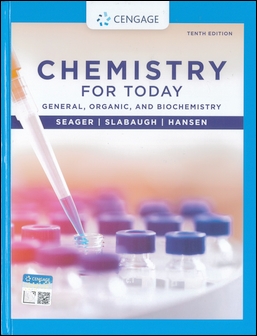書籍分類
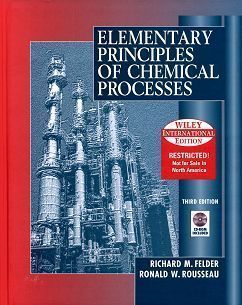
Elementary Principles of Chemical Processes 3/e (H)
作者:Richard M. Felder
原價:NT$ 1,600
ISBN:9780471375876
版次:3
年份:2000
出版商:John Wiley
頁數/規格:精裝
參考網頁:Elementary Principles of Chemical Processes 3/e
版次:3
年份:2000
出版商:John Wiley
頁數/規格:精裝
參考網頁:Elementary Principles of Chemical Processes 3/e
內容介紹 本書特色 目錄 作者介紹
- Description
- Hundreds of new and revised problems and new case studies cover a broader spectrum of chemical engineering applications.
- Guidance for solving problems that require spread sheeting and equation-solving software.
- A CD-ROM that provides an active learning environment. With this software, students respond to questions and receive immediate feedback, explore variations in process parameters and see the effect of their changes on process operations, and more.
This text will provide you with a realistic, informative introduction to chemical processes. This 3rd edition has been completely revised to provide you with increased clarity, including:



